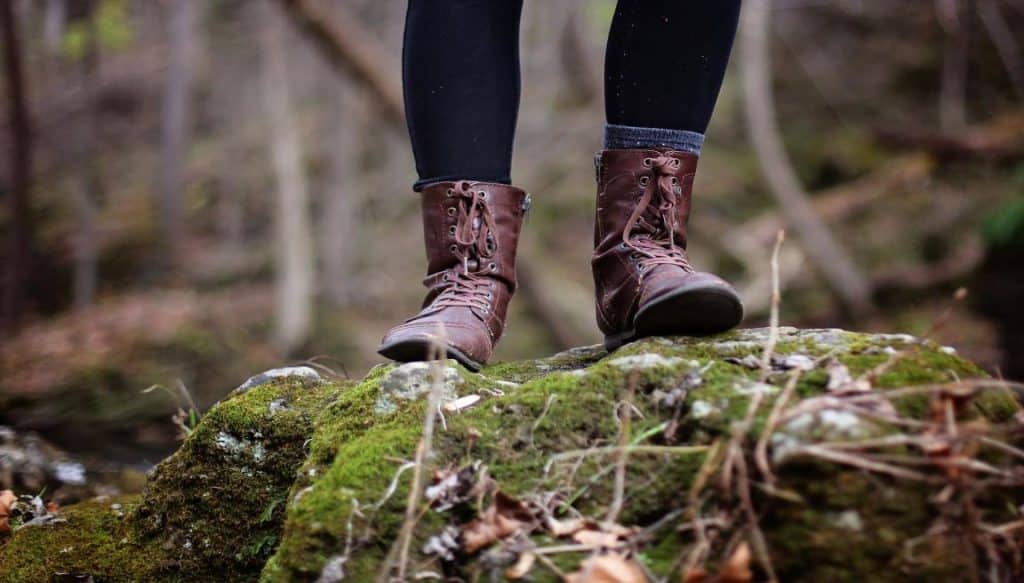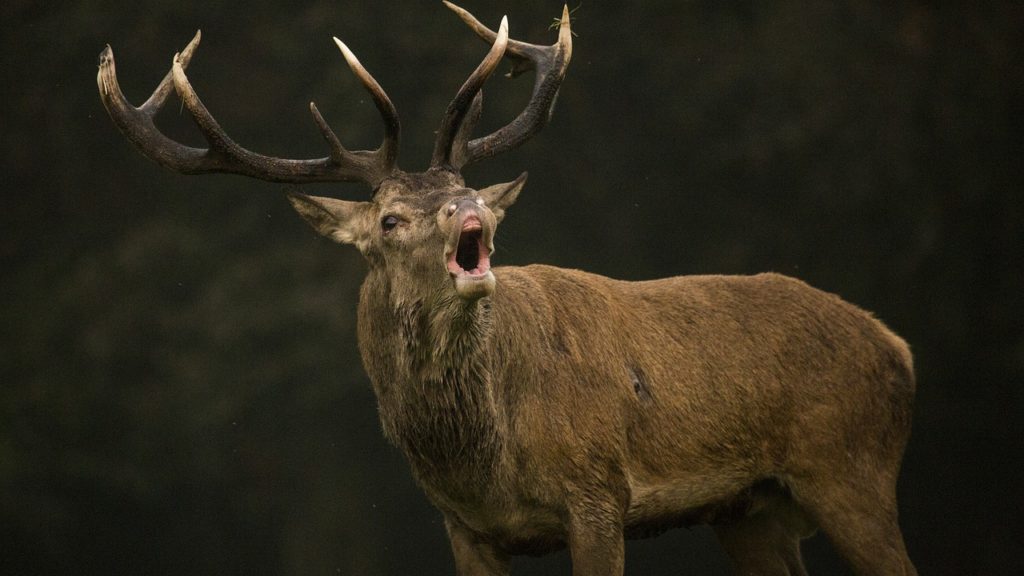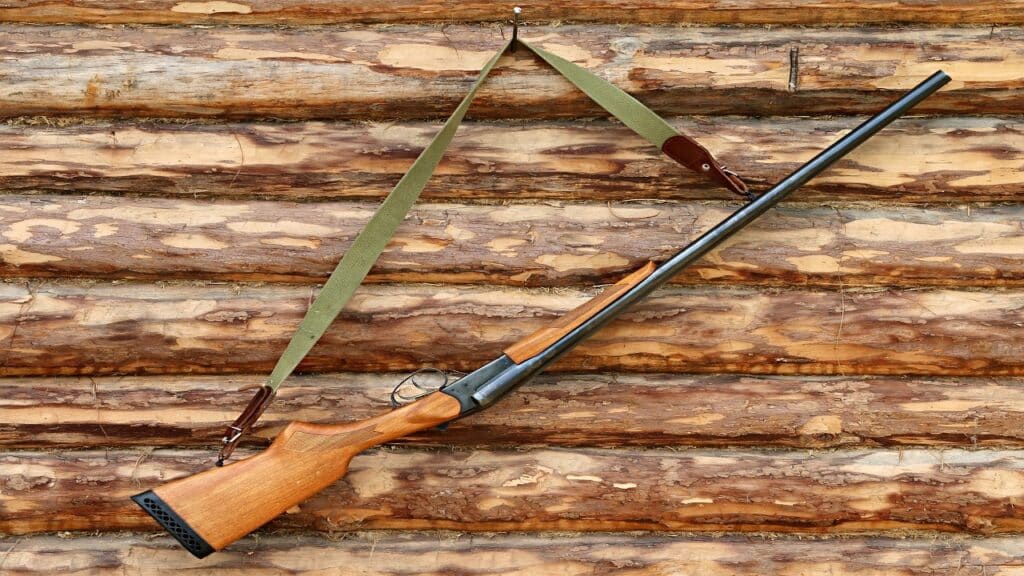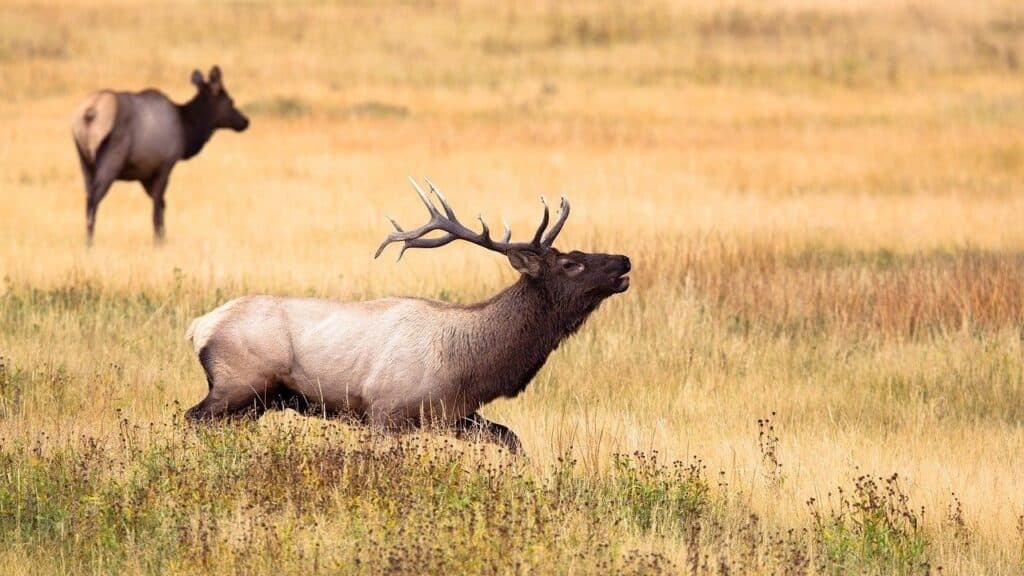Do you think hunting a deer is difficult? Have you been hunting deers for a while now and not been able to catch even one? Are you frustrated with waiting for a deer to appear within the zone you have set for them? Or are you one who has the herd right where you want them, but they escape of a careless move or noise?
Well, if your answer is yes to all these questions, you must be wondering how to see more deer while hunting. I have just the thing you will need to solve your problem.
Before we jump right in, there are 2 things I would need you to do in the course of this tutorial:
- Pay attention to the explanations for each tip.
- Practice, practice, and practice all these tips.
Once all these are in check, then we can move on. So without further ado, here are the four main tips.
How to See More Deer While Hunting
Just like you, when I started hunting deers I felt the task was an impossible one, but with the right knowledge and exposure I got to know better, and by applying myself to what I am about to show you, they have worked for me and still do in all my years of hunting.
I suffered in ignorance for a few years before making successful deer hunts, and I believe no one should have to go through that as well. In all my years of hunting deers, I have come to learn that as challenging as it may seem, it is one of the easiest things if you know how to.
The good news is there are useful tips on how to find deer in the woods without getting caught up and frustrated.
Tip 1: Understand What Makes Each Deer Different

A buck that lives in a continuous tract of woods never has to leave its core area. It can find pretty much everything it needs right underneath that closed forest canopy. Now that doesn’t mean he doesn’t leave, but he doesn’t have to. So trying to find an ambush point outside of that area is extremely difficult and relies mostly on luck.
And this is where a lot of private land hunters would try to do a deer drive and get those bucks and any other deer in the area up on their feet and push towards a waiting hunter. But in these big tracts of woods, there’s always pockets of dense cover that these deer can go to. So they’ll either run to those or just hide down in them to wait for you to walk by.
They are also more likely to move to completely different areas if they feel too much pressure, and quality food may be scarce, so they’ll probably jump around a lot as different food sources become available throughout the year.
Tip 2: Find the Deer Funnels
One of the biggest problems with hunting in big wooded areas, especially for a new hunter, is knowing where to hunt. You might walk into a wooded area and just see just a sea of dead leaves, and all the trees look the same, and there are no discernible features for you to pick a good spot.
If you know what you’re looking for, you can find tons of great signs. Deer are just like people; they’re lazy. They want to find the path of least resistance, so there’s always a spot that’s more convenient for them to walk through.
That’s why finding the funnels is so important. The quickest, most efficient way to find these funnels is by using an aerial map and a trail or game camera. Finding the deer funnels is vital to your success. A funnel concentrates or narrows deer movement into a point that you can more likely predict.
Tip 3: Find Their Source of Food
In heavy woodland areas, quality food is scarce, and variables for food sources change throughout the years. So you have to know not only where that food is, but when deer will be drawn to it.
Deer eat woody browse, forbs, grasses nuts and fruit, and even mushrooms. Now all these food sources change throughout the year, but there is one food source that you can pretty reliably predict when and where it will be. And that is acorns.
Very few oak trees produce acorns every year. So what you want to do is grab a spotting scope and glass the tops of oak trees until you find one that’s producing some.
Once you find one that’s loaded with acorns, look around the area for more deer signs because deer are picky, and they even have favorite trees that they like their acorns from. If you find one that’s loaded with acorns, but there’s absolutely no deer sign around, keep looking until you find one.
Tip 4: Get Your Boots on the Ground
There’s only so much information you can gather from an aerial map. You want to use your aerial map to find out what habitat features are in the area, but you still want to go out and look at them yourself.
If you rely just on that aerial map, you could find some features on it that you think that deer are going to funnel through that will be hot spots, and you get there, and it’s just a ghost town.
There’s also a lot of information you can’t tell from an aerial map; you won’t be able to tell if oak trees are producing acorns, if a small clearing has some native grasses and forbs growing in it, you won’t be able to see any scrapes or rubs or any other deer sign you can think of.

Get those boots on the ground, get out there, and look around, and then mark each spot that you find. Every little deer sign you find you mark it on the map. Then you can use that information all together to find out where the best spot to set up would be.
I hope you enjoyed the tutorial because I did. I had much fun sharing with you the 4 pro tips on how to see more deer while hunting. I have practically applied these tips in all my years of hunting. Don’t be ignorant as I was before. You deserve to know, that’s why I have taken my time to share this with you.
Remember, hunting deers will still be tasking as it always is, but if you can apply these tips to the letter, your chances of successful hunts would be higher and in no time would start seeing results.
References and Further Reading
- How to See More Deer on Small Tracts
- Not Seeing Deer? It’s Time to Adapt!
- 10 Habits of Successful Deer Hunters
Last Updated on April 15, 2025 by Marty Prokop






